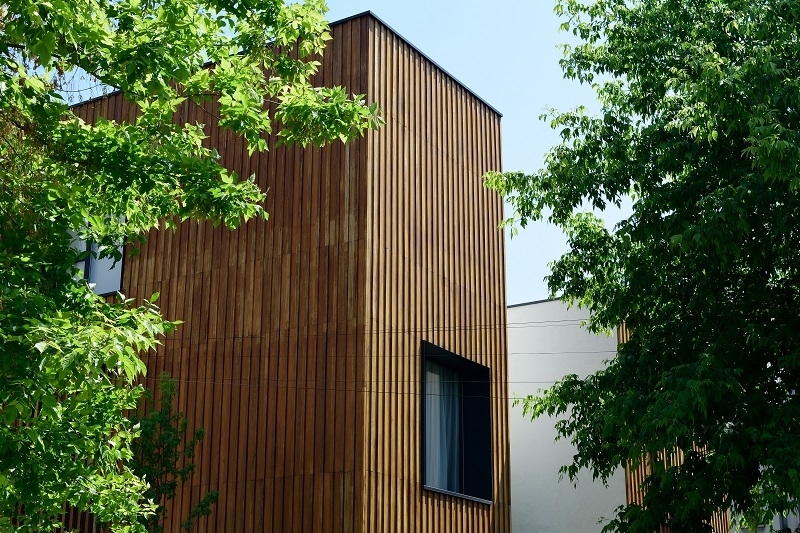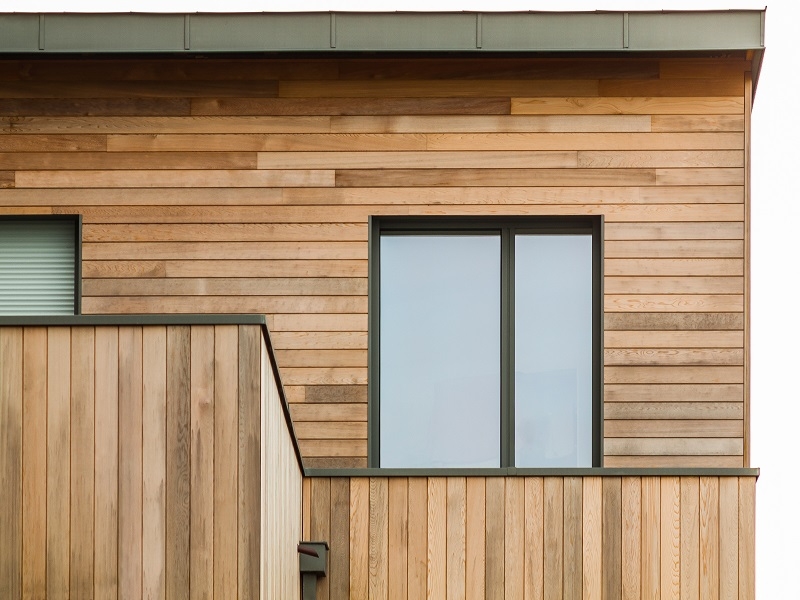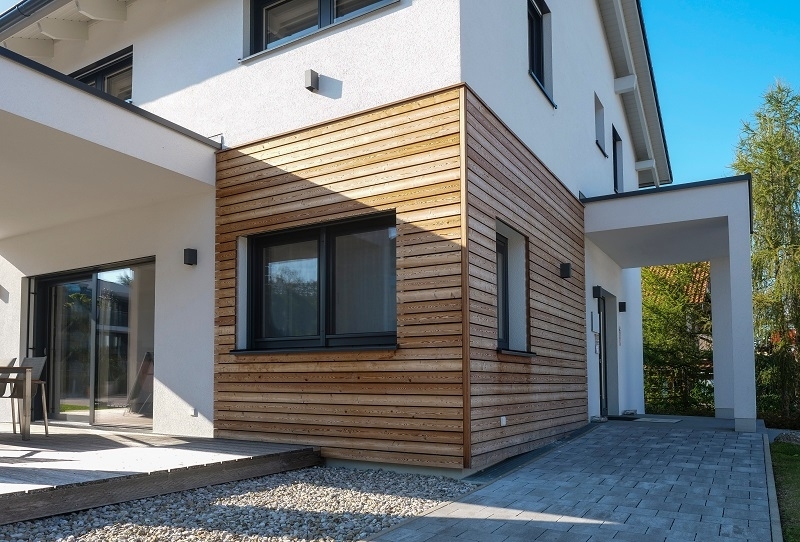Published: 19/09/23 By: Mike Bekin
When undertaking a cladding project, there is a lot to consider. From the timber species which is right for your building to the size of your planks and the profile, you need a little expert knowledge to get everything right. But what about orientation? If you are wondering whether your cladding should be vertical or horizontal, we have put together an easy-to-understand guide with everything you need to know.
Horizontal Cladding: The Conventional Option
Horizontal cladding is the typical, timeless option for your building. For that barn-like look or Scandinavian style, you just cannot go wrong with a beautiful timber in a horizontal orientation. It is a classic option, design-wise, but that does not mean you cannot create a contemporary look.
Try adding a dark stain, for example, to create an almost black timber which is very much on trend. You can also play around with profiles, testing out shiplap or tongue-and-groove to see how they will change the aesthetic of your exterior.
Or stick to a gorgeous timber and leave it to weather naturally, turning a rustic silver-grey colour for an old-school finish.
Vertical Cladding: The Contemporary Option
A more contemporary, eclectic option for your timber cladding is a vertical orientation. With a high-end feel, it has become a popular choice for new builds as well as for updating old homes which are in need of a little TLC. One of the main reasons for choosing vertical cladding, though, is that it adds height. For shorter buildings or for architects who want to make an impact, it is a great choice for elongating the exterior and creating the illusion of a taller building.

Does It Really Make a Difference?
Aside from aesthetics, is there any difference between vertical and horizontal cladding?
Vertical cladding can be a little trickier to install, so if you are undertaking a DIY project without cladding experience, we would recommend horizontal orientation. If you are hiring contractors to install your boards, the complexity of vertical boards could make the build costlier, though you may save on maintenance in the future as vertical cladding is generally easier to look after.
Another consideration is that vertical cladding follows the direction of rainfall, making it easier for water to run off the walls. However, with expert installation, you should not have to worry about any pooling water on horizontal cladding.
In general, any differences between the two are minimal. Unless you are on a build budget and need to keep costs low, or you are doing a DIY installation, which orientation you choose largely depends on your personal preferred style.
Blending Horizontal and Vertical Cladding
For a bold, unique look, why not consider blending both horizontal and vertical cladding? Though this may add some time to the build, the final result of alternating orientation is bound to ensure your building stands out.
Find Eco-Friendly Timber Cladding at EcoChoice
Whether you opt for vertical or horizontal cladding, our team at EcoChoice can supply the cladding boards for which you are looking. With a wide range of timber species sourced from FSC/PEFC-certified forests, we have got everything you need to get your project on the go. To learn more or start an order, get in touch with us today and we will be happy to help.
Images: Photomann7, Robert and Monika, shOutsider / Shutterstock.com

